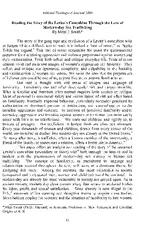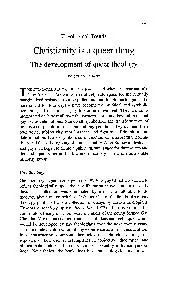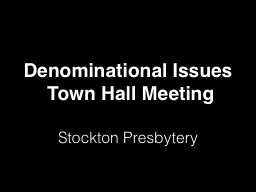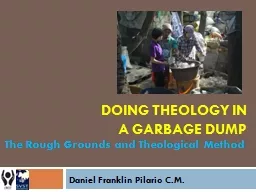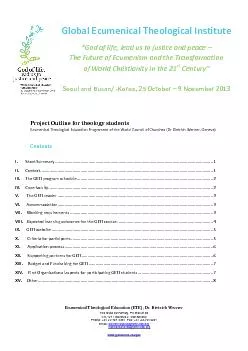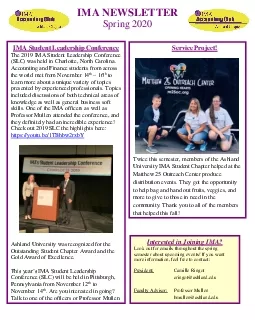PDF-Ashland Theological Journal Reading the Story of the
Author : marina-yarberry | Published Date : 2015-05-19
Smith The story of the gang rape and mutilation of a Levites concubine wife in Judges 19 is a difficult text to read it is indeed a text of terror as Phyllis Trible
Presentation Embed Code
Download Presentation
Download Presentation The PPT/PDF document "Ashland Theological Journal Reading the..." is the property of its rightful owner. Permission is granted to download and print the materials on this website for personal, non-commercial use only, and to display it on your personal computer provided you do not modify the materials and that you retain all copyright notices contained in the materials. By downloading content from our website, you accept the terms of this agreement.
Ashland Theological Journal Reading the Story of the: Transcript
Download Rules Of Document
"Ashland Theological Journal Reading the Story of the"The content belongs to its owner. You may download and print it for personal use, without modification, and keep all copyright notices. By downloading, you agree to these terms.
Related Documents

